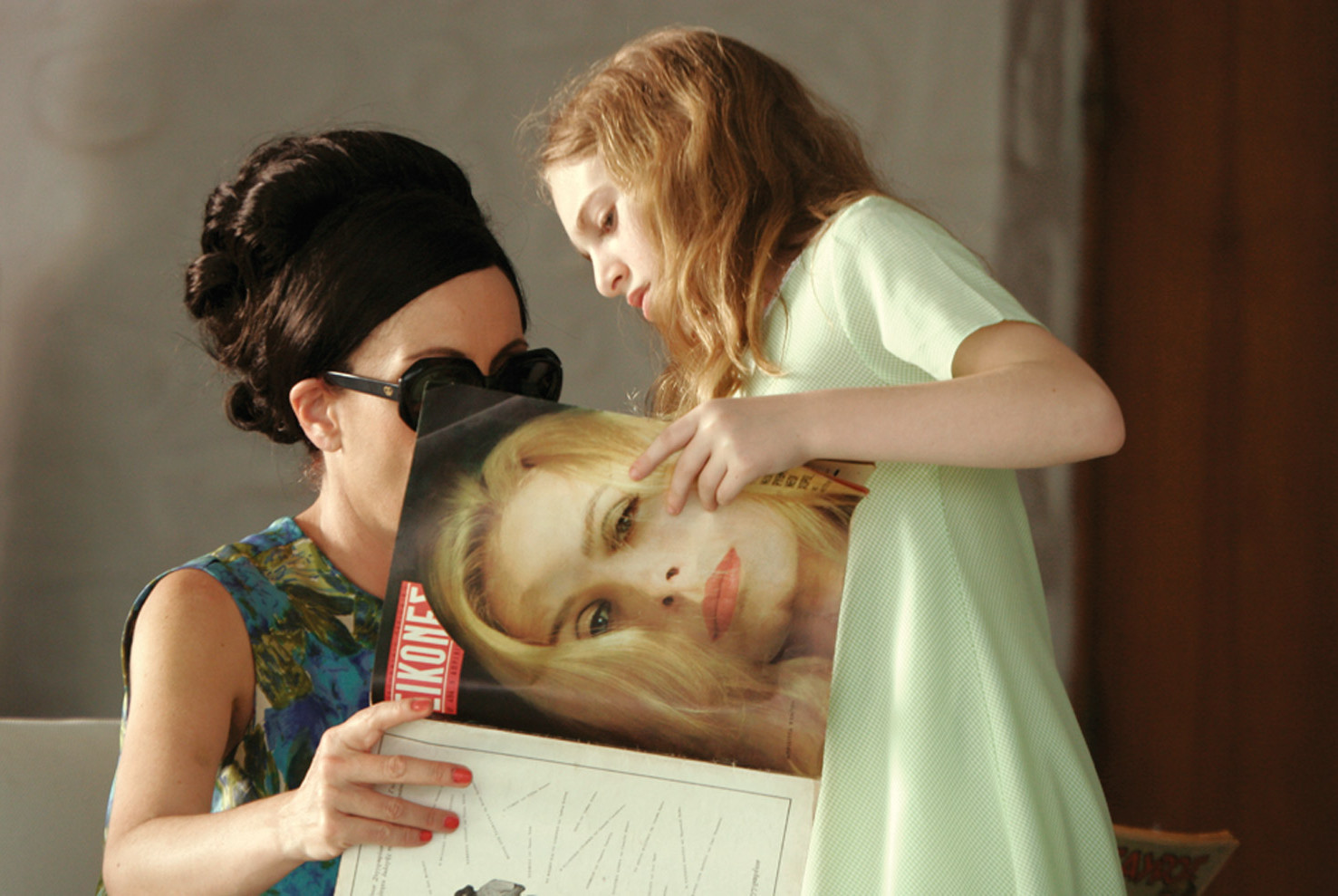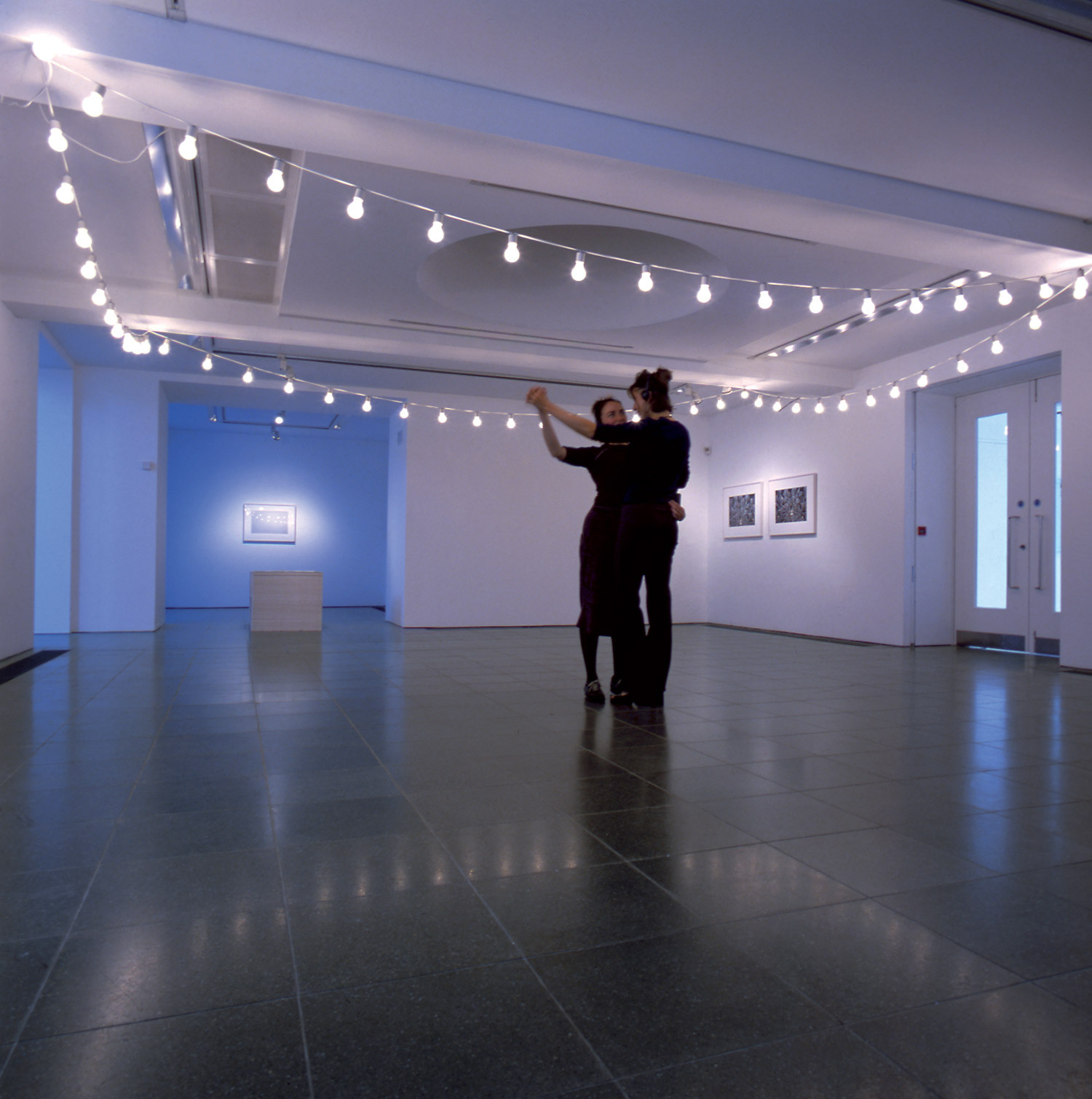
To watch Journal you should sit down on a sofa, make yourself comfortable and enjoy the show. Journal invites you to what seems an everyday experience. The installation looks like a home movie theater waiting for an audience. The video projection begins at half-hour intervals — a countdown appears between screenings. The title should be understood polysemically, as a diary and/or news bulletin.
As Claude Closky puts it, “That’s the world as seen from my office during these last months.” Journal is a 24-minute video, produced using a simple but radical formula: still images and intermittent sounds, with each image associated with a sound. The images are pixelated, revealing their digital origin. The sounds are deliberately grotesque and generally funny or foolish, as if they were produced by some generic sound-dubbing bank. They function as a language, giving a meaning to the image. The montage of images in a sequence is quick and rhythmic. Journal is a simple video slideshow of found images, yet one that fosters a breathtaking voyage into society’s information culture. Every image and sound has been downloaded from the Internet, from any kind of official or amateurish website. The sources of the images are very diverse, but their juxtaposition neutralizes their differences, in the same way that the principles of homogenization and deconceptualization are at the core of the information industry. As the editor Ignacio Ramonet of Le Monde diplomatique says, “The TV news bulletin, through its fascination for the spectacle of events, deconceptualizes information and plunges it back into the swamp of pathetic.” With Journal, Closky deliberately reproduces this information system equation, effectively generating a continuous loop: the system works, the machine communicates but doesn’t inform.
Closky’s work functions as a media itself, one that is defined as an individual, autonomous entity working outside the mass media context. The technique consists of recycling data, raising questions about the value of information. He uses strategies similar to those developed by bloggers, putting them into overdrive. The do-it-yourself tools are diverted from their usual entertainment goals in order to reveal the very truth of the ‘infoganda’ system. Closky deduces his mimetic style from the form of the dominant speeches put forth by the channels of the mass-media. The détournement of the images’ meaning is a way of taking the logic of hypermodernity to its extreme limit. The inexhaustible matter offered by flows of ‘automatic journalism’ and ‘creative advertising’ — a background noise of our everyday lives — is inversed by the artist. Journal drills into our compulsively misinformed minds, releasing an information orgy.





